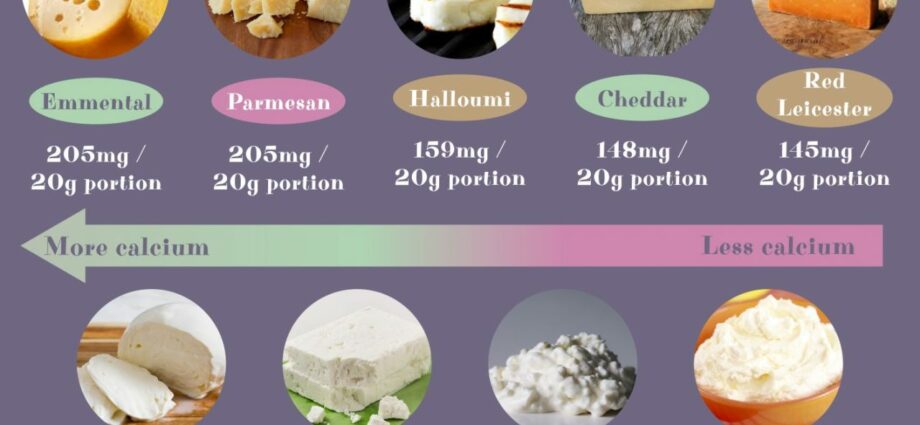Contents
Which cheeses should I give my baby?
In the pantheon of French food heritage, cheeses reign supreme. They are obviously to be put on the menu for toddlers to participate in their education in taste. Among the some 300 French cheeses, you will be spoiled for choice to stimulate their taste buds. But beware, some of them should only be consumed after the age of 5 years. Here are our tips for a successful initiation.
Diversification phase
From the food diversification phase. “This stage corresponds to the transition from a diet consisting exclusively of milk to a varied diet,” recalls the National Health Nutrition Program, on Mangerbouger.fr. “It starts at 6 months and continues gradually until the age of 3. “
We can therefore introduce the cheese from 6 months in very small quantities. You can, for example, start by mixing a cream cheese like Kiri or Laughing Cow in a soup. As soon as its small quenottes start to come out, you can play with the textures. For example, by giving him cheese cut into thin strips or small pieces. Do not hesitate to diversify the textures as the tastes. Soft or strong cheeses, do not set yourself any limit, except raw milk cheeses, to be banned before the age of 5 (see below). You will sometimes be surprised by his reactions. He may, for example, love a Munster or a Bleu d’Auvergne (to choose from pasteurized milk).
Introduce only one food at a time, so that Loulou becomes familiar with its texture and taste. He does not like ? Above all, do not force it. But offer the food again a few days later. It can take several attempts for your child to finally enjoy it, so don’t be discouraged.
In what quantities to give cheese to your child?
You can give 20g a day of cheese to a one-year-old child, it will provide him with calcium and proteins. Calcium is essential for children’s growth and strong bones, protein is important for muscles. In addition, cheeses also contain vitamins.
From 3 to 11 years old, the National Health Nutrition Program (PNNS) recommends eating 3 to 4 dairy products per day (including cheese). To arouse the curiosity of your child, do not hesitate to make him push the door of a cheese factory. Even going to visit a cheese producer, where he will learn all the manufacturing secrets, see cows or goats and taste the products.
Raw vs pasteurized milk
Raw milk cheeses are made with milk that has not been heated. “This helps conserve the microbial flora. This is why cheeses made from unpasteurized milk generally have more character, ”explains MOF (Meilleur Ouvrier de France) Bernard Mure-Ravaud, on his blog Laboxfromage.fr.
Pasteurized milk is heated for 15 to 20 seconds at a temperature between 72 and 85ºC. This method gets rid of all the germs present in the milk. There are two other methods of preparation, more confidential but no less interesting. Thermized milk, which consists of heating the milk for at least 15 seconds at temperatures between 57 and 68ºC. Less brutal than for pasteurized milk, this manipulation eliminates dangerous germs … but preserves those of the native microbiota.
Finally, with microfiltered milk, “on the one hand, the cream from whole milk is collected to be pasteurized, and on the other, the skimmed milk is filtered through membranes capable of retaining bacteria. The two parties are then brought together to make the cheese ”, we can read on Laboxfromage.fr.
No raw milk cheeses before 5 years
“Raw milk can present a significant risk for young children and particularly those under 5 years old”, warns the Ministry of Agriculture and Food on its site Agriculture.gouv.fr. “They should not consume raw milk or raw milk cheese. Indeed, despite the precautions taken by professionals, infection of the udders or an incident during milking can lead to contamination of the milk by pathogenic bacteria, naturally present in the digestive tract of ruminants (salmonella, listeria, escherichia coli , etc.).
If these contaminations can have only a slight impact on healthy adults, they can, on the other hand, cause serious problems, or even lead to death, for sensitive people. So remember to check the label when shopping in supermarkets, or ask your cheese maker for advice. “Beyond 5 years, the risk still exists but it is decreasing. “In fact, the child’s immune system“ builds up ”over the years. The raw milk cheese club counts among its members Roquefort, Reblochon, Morbier, or Mont d’Or (obviously far from exhaustive list).










